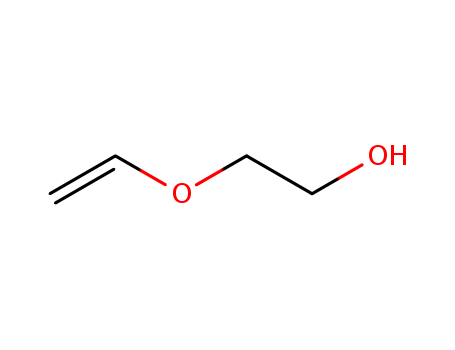10.1080/10587259408037773
The research focuses on the synthesis and photopolymerization of bifunctional liquid crystalline vinyl ether monomers, with the purpose of creating highly ordered, densely crosslinked liquid crystalline poly(viny1 ether) films. The study aimed to explore the potential of these materials in optical, electrical, and mechanical applications by achieving orientation through a simple surface treatment using a unidirectionally rubbed polyimide film. The researchers synthesized and polymerized two different monomers, resulting in liquid crystalline polymer (LC polymer) network films with varying molecular organizations, including nematic, smectic A, and smectic B structures. The chemicals used in the process included phenacyltetramethylenesulfonium hexafluoroantimonate as a photoinitiator, phenothazine as a photosensitizer, 4-[11-(vinyloxy)undecyloxy]benzoic acid, 2-hydroxyethyl vinyl ether, 4-hydroxybutyl vinyl ether, and 1,3-dicyclohexylcarbodiimide, among others. The conclusions of the research indicated that by in situ photopolymerization of these bifunctional mesogenic vinyl ether monomers with various mesophases, it was possible to prepare LC polymer networks with different molecular structures, demonstrating the potential for tailored materials with specific properties for various applications.





